Nestled in the heart of Chhattisgarh, the Bhairamgarh Wildlife Sanctuary offers a unique experience for nature lovers and wildlife enthusiasts. Known for its diverse flora and fauna, the sanctuary serves as a haven for a variety of species, including the endangered Wild Buffalo. Visitors can explore the lush landscapes and participate in various wildlife activities. It’s also perfect for enjoying the serene environment that provides the perfect setting for a peaceful retreat into nature.
Bhairamgarh Wildlife Sanctuary Location
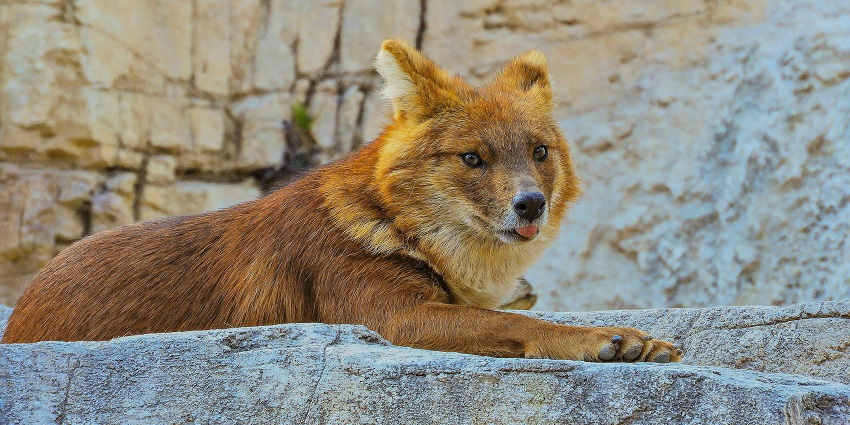
Photo: Emilio Sánchez / Pexels / Image For Representation Only
The sanctuary is situated in the Bijapur district of Chhattisgarh. The expansive area offers a rich biodiversity for visitors to explore. The Bhairamgarh Wildlife Sanctuary address is well-marked and easily accessible, ensuring a hassle-free journey for those travelling to this natural wonder.
Suggested Read: Mahant Ghasidas Memorial Museum
How To Reach Bhairamgarh Wildlife Sanctuary
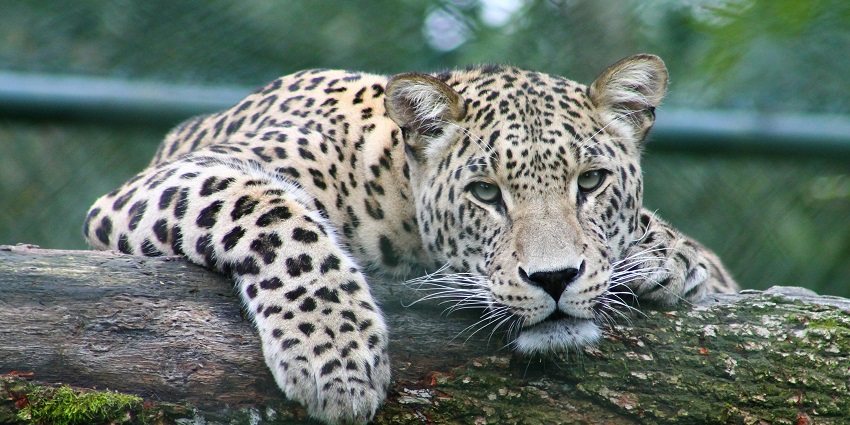
Photo: Gwen Weustink / Unsplash / Image For Representation Only
Reaching the Bhairamgarh Wildlife Sanctuary, Chhattisgarh is convenient with multiple transportation options available:
By Rail: The nearest railway station is Dantewada Railway Station, approximately 110 kilometres away. From there, visitors can hire a taxi or take a bus to reach the sanctuary.
By Road: Bhairamgarh is well-connected by road, and visitors can drive or take a bus from nearby cities like Bijapur or Jagdalpur.
By Air: The nearest airport is Raipur Airport, around 370 kilometres from the sanctuary. From the airport, you can hire a taxi or take a bus to reach Bhairamgarh.
Places To Visit Near Bhairamgarh Wildlife Sanctuary
Here are a few places near the sanctuary, Chhattisgarh that are also worth visiting:
1. Indravati National Park
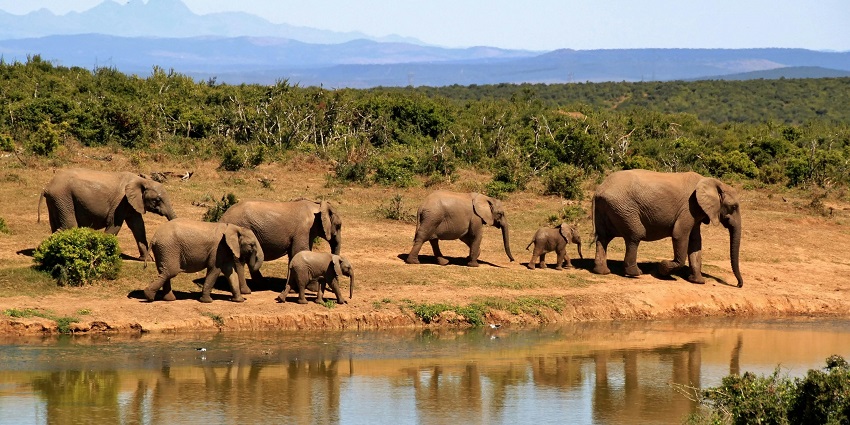
Photo: Pixabay / Pexels / Image For Representation Only
Indravati National Park is a treasure trove of biodiversity, boasting an impressive array of wildlife, including the critically endangered Wild Buffalo. This expansive park, spanning over 2,799 square kilometres, serves as a vital habitat for numerous species of flora and fauna, many of which are endemic to the region. The park’s commitment to conservation and eco-tourism ensures that visitors can enjoy its natural beauty while contributing to the preservation of this vital ecosystem.
Best Time To Visit: November to June
Suggested Read: Party Places In Raipur
2. Bijapur Fort
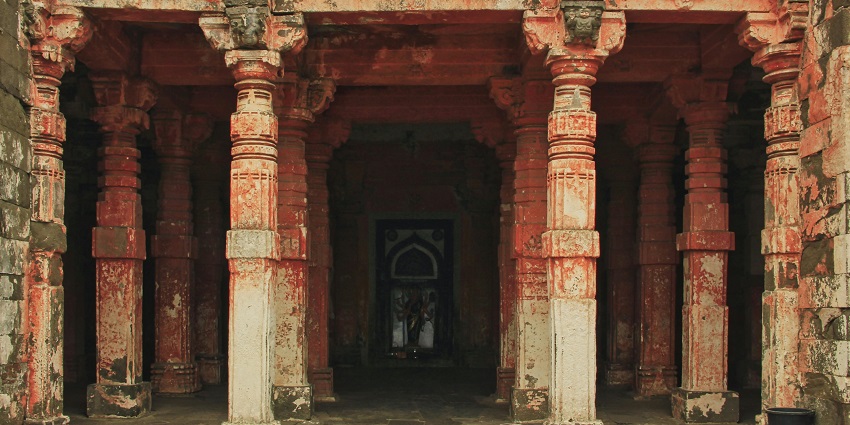
Photo: Setu Chhaya / Pexels / Image For Representation Only
Bijapur Fort stands as a testament to the region’s rich historical heritage. This architectural marvel offers visitors a captivating journey through time, showcasing the intricate craftsmanship and strategic design of bygone eras. Bijapur Fort not only provides a visual feast for those interested in exploring ancient architecture but also offers a tangible connection to the cultural and political dynamics that shaped the region’s history. Its proximity to the wildlife sanctuary makes it an ideal stop for travellers seeking to complement their nature experience with a dose of historical exploration.
Entry Fee: N/A
Best Time To Visit: Early morning or late afternoon
3. Chitrakoot Falls
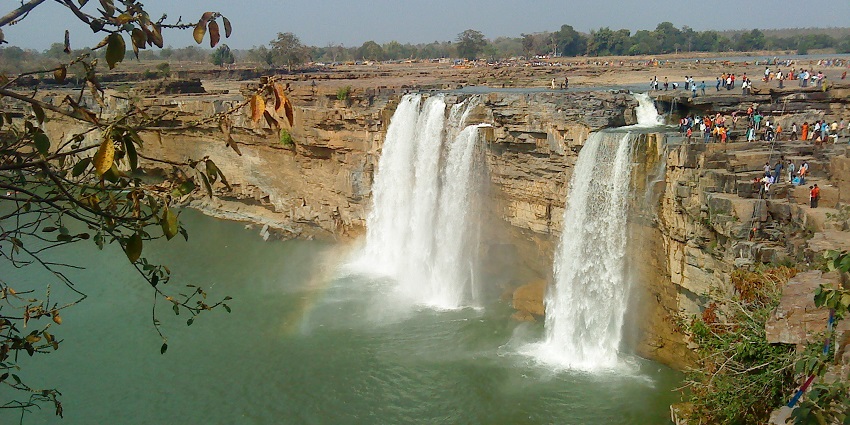
Photo: Ishant46nt / Wikimedia Commons
Known as the “Niagara of India,” Chitrakoot Falls is a breathtaking natural wonder located near the sanctuary. This majestic waterfall, with its impressive 30-metre drop and horseshoe shape, creates a spectacular sight as the Indravati River plunges over the cliff face. The thunderous roar of the cascading water, combined with the misty spray and vibrant rainbows that often form in its wake, creates an awe-inspiring atmosphere that captivates visitors.
Entry Fee: N/A
Best Time To Visit: During the monsoon season (July to October)
Suggested Read: Museums In Chhattisgarh
Things To Do In And Around Bhairamgarh Wildlife Sanctuary
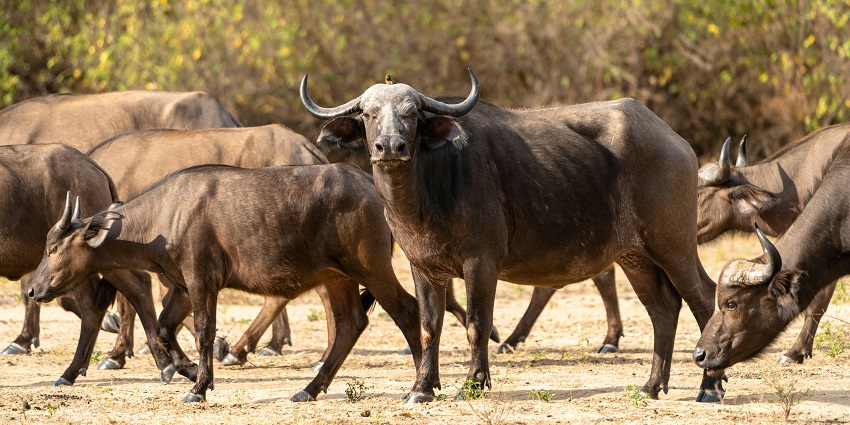
Photo: Aron Marinelli / Unsplash / Image For Representation Only
Visitors to the sanctuary can engage in various activities that enhance their experience of this natural haven. Some of the popular Bhairamgarh Wildlife Sanctuary activities include:
1. Wildlife Safari
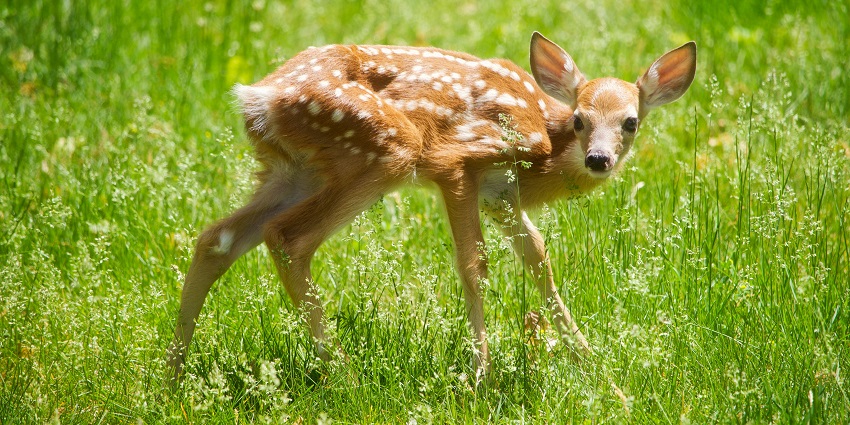
Photo: Julie Marsh / Unsplash / Image For Representation Only
Embark on an exciting journey through the sanctuary’s diverse ecosystems, where you’ll have the opportunity to observe and appreciate a wide array of rare and fascinating wildlife. Keep your eyes peeled for the majestic Wild Buffalo, elusive leopards, and a rich variety of colourful bird species that call this sanctuary home.
2. Bird Watching
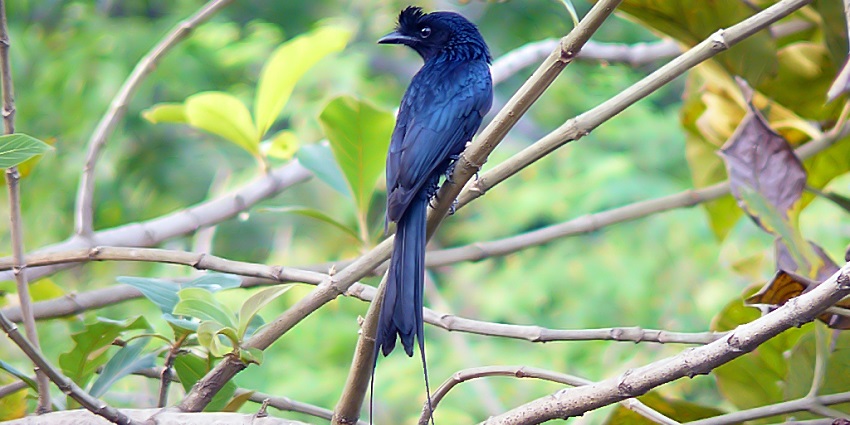
Photo: Sandeep Gangadharan / Wikimedia Commons / Image For Representation Only
The sanctuary is truly a paradise for those who have a passion for bird watching, as it proudly hosts a remarkable variety of bird species that inhabit this richly diverse ecosystem. Visitors to the sanctuary can look forward to encountering an extraordinary range of bird life, from the awe-inspiring sight of majestic raptors gracefully soaring high above the treetops to the delightful presence of tiny, colourful songbirds energetically flitting through the dense undergrowth.
Suggested Read: Aqua Water Park Rajnandgaon
3. Nature Walks
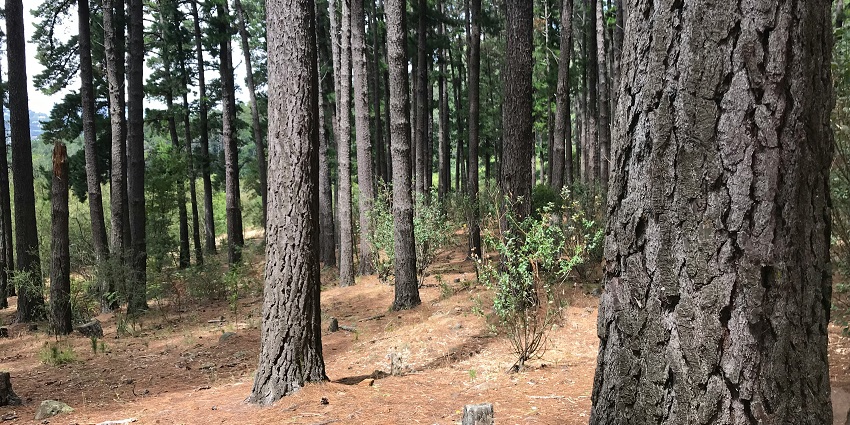
Photo: Chris Wilton / Unsplash / Image For Representation Only
Engage deeply with the calm and peaceful environment of the sanctuary by participating in guided nature walks. These walks are expertly led excursions that take you on an enlightening journey through the sanctuary’s diverse ecosystems. During these walks, you will have the opportunity to witness firsthand the lush and verdant landscapes that define this natural haven, offering a unique and immersive experience that connects you more closely with the surrounding nature.
4. Photography
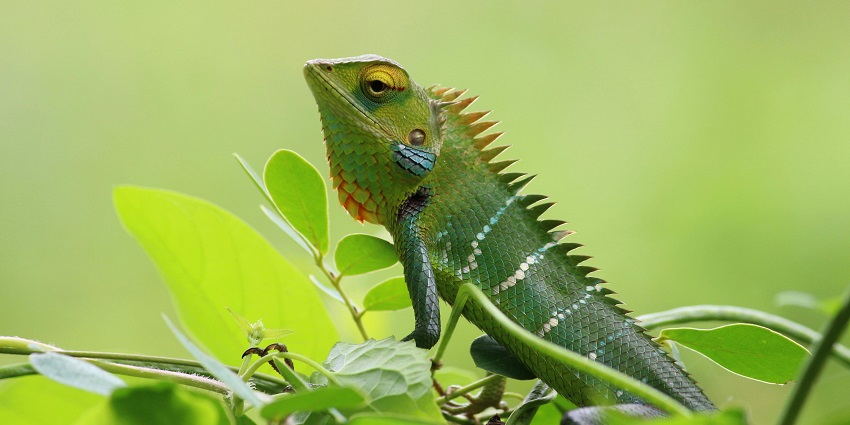
Photo: Nandhu Kumar / Pexels / Image For Representation Only
Immerse yourself in the visual splendour of the sanctuary’s diverse ecosystems through the lens of your camera. The sanctuary offers a treasure trove of photographic opportunities, from capturing the intricate details of exotic flora to immortalizing the majestic presence of its varied fauna. The sanctuary’s ever-changing landscapes, from misty mornings to golden sunsets, provide an ideal backdrop for both amateur and professional photographers alike.
Suggested Read: Mahakoshal Art Gallery
Where To Eat

Photo: Pixabay / Pexels / Image For Representation Only
When visiting the sanctuary, dining options may be limited, but you can still enjoy a taste of authentic local cuisine in the nearby town of Bijapur. One popular spot is Bijapur Dhaba, where you can savour traditional Chhattisgarhi dishes, offering a delightful experience for those eager to explore regional flavours.
Another great option is Spice Junction, known for its warm ambience and variety of both vegetarian and non-vegetarian meals. If you’re in the mood for a quick snack or a light meal, Shivam Cafe is an excellent choice, offering a range of beverages and snacks in a cosy setting. These eateries ensure that your culinary experience complements your visit to the sanctuary.
Where To Stay
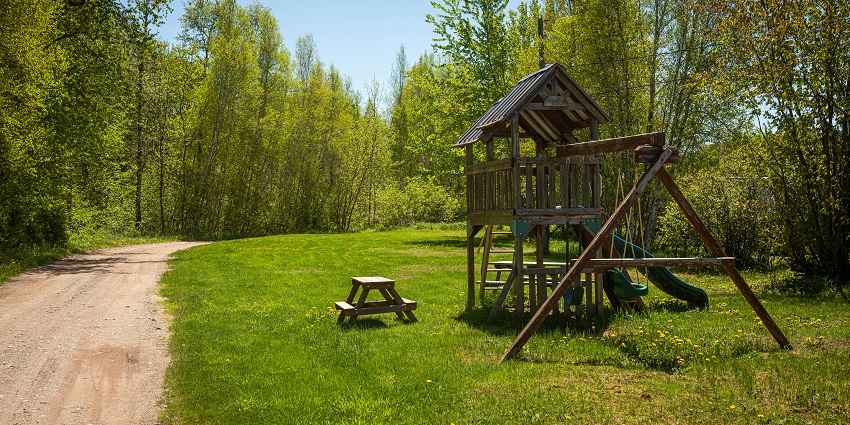
Photo: Rv House / Unsplash / Image For Representation Only
Accommodation options near the sanctuary are available primarily in Bijapur, catering to various budgets and preferences. A highly recommended place to stay is the Forest Rest House, Bhairamgarh, which provides basic yet comfortable amenities and is conveniently located close to the sanctuary, making it an ideal choice for nature enthusiasts.
Another option is Bijapur Lodge, offering a comfortable stay with all essential services, ensuring a pleasant experience for visitors. For those seeking a more upscale experience, Heritage Bijapur Hotel provides modern amenities and a touch of luxury, making it a great base for exploring the sanctuary and its surroundings. These accommodations ensure a comfortable and memorable stay during your visit.
Suggested Read: Water Parks In Chhattisgarh For A Splashing Adventure
Best Time To Visit
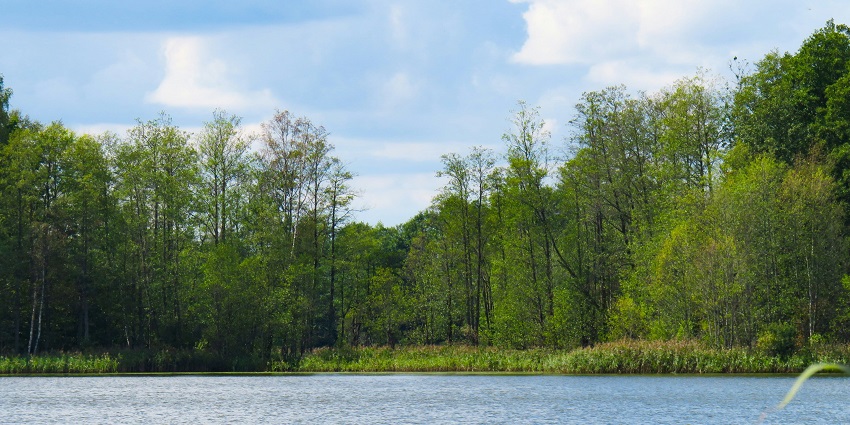
Photo: Anastasiya Romanova / Unsplash / Image For Representation Only
The optimal time to visit the sanctuary falls within the winter months, spanning from October to March. This period is characterised by pleasant weather conditions, creating an ideal environment for wildlife enthusiasts and nature lovers alike. The mild temperatures and clear skies during these months significantly enhance the chances of spotting various animal species in their natural habitats, making it perfect for wildlife sightings and photography.
Other Factors To Consider
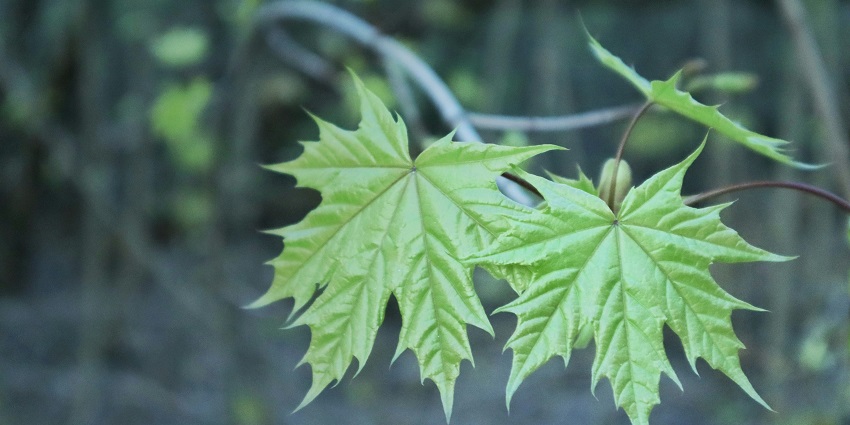
Photo: Naoram Sea / Unsplash / Image For Representation Only
Average Cost Of The Trip
Accommodation: Depending on your choice of stay, the cost of accommodation ranges from ₹1000 for budget options like guesthouses to ₹8000 per night for more luxurious hotels in nearby regions.
Food: For meals, you can expect to spend between ₹500 and ₹1500 per day, depending on whether you opt for local eateries or more upscale dining options in Bijapur.
Transportation: The cost of transportation to and within the sanctuary can vary significantly, with an average spend ranging from ₹1000 to ₹3000, depending on your mode of travel and the distance covered.
Entry Fees and Miscellaneous: Bhairamgarh Wildlife Sanctuary ticket price and other incidental expenses, such as guided tours or activities, generally range from ₹500 to ₹1500.
Tips For Travellers
- Check the Bhairamgarh Wildlife Sanctuary timing before planning your visit.
- Carry enough water, snacks, and sun protection.
- Wear comfortable clothing and sturdy footwear suitable for walking.
- Respect the wildlife and natural surroundings; do not litter.
- Keep the contact number of the sanctuary handy for any inquiries or emergencies.
Suggested Read: Explore The Jogimara Caves And Discover The Prehistoric Heritage Of India
The Bhairamgarh Wildlife Sanctuary is a hidden gem in Chhattisgarh, providing a serene escape into nature’s lap. Whether you’re an avid wildlife enthusiast, a nature lover, or simply seeking a peaceful getaway, this sanctuary has something for everyone. With its rich biodiversity, beautiful landscapes, and a variety of activities, this destination promises a memorable and enriching experience. Get in touch with TripXL and have fun exploring this unique destination.
Cover Photo: Tracy Jentzsch / Unsplash / Image For Representation Only


 WhatsApp
WhatsApp
 Twitter
Twitter









